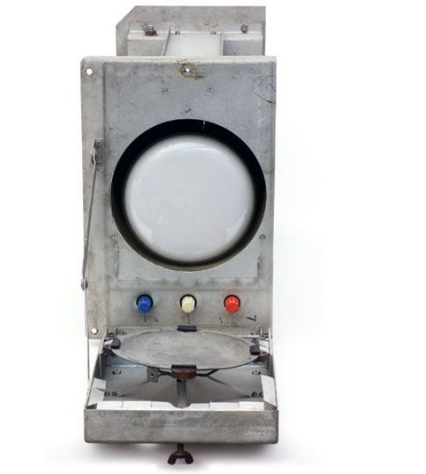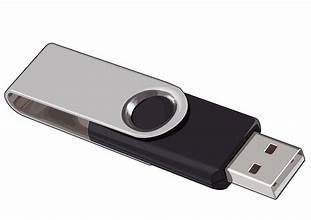EVOLUTION OF STORAGE DEVICES
All you need to know about storage devices.
A storage devices are also known as the “Storage Medium, Storage Media or Digital Storage“.
Definition: Storage device is a computer hardware component that helps to store, porting or retrieving data files and objects. Storage devices are capable to store information in both natures like as temporarily and permanently. These devices are using for internal or external to a computer, server or computing device.
WHAT ARE STORAGE DEVICES?
PAST STORAGE DEVICES


At Manchester University, Freddie Williams and Tom Kilburn develop the Williams-Kilburn tube. The tube, tested in 1947, was the first high-speed, entirely electronic memory. It used a cathode ray tube (similar to an analog TV picture tube) to store bits as dots on the screen’s surface. Each dot lasted a fraction of a second before fading so the information was constantly refreshed. Information was read by a metal pickup plate that would detect a change in electrical charge.
PRESENT DEVICES

USB Flash drives are introduced. Sometimes referred to as jump drives or memory sticks, these drives consisted of flash memory encased in a small form factor container with a USB interface. They could be used for data storage and in the backing up and transferring of files between various devices. They were faster and had greater data capacity than earlier storage media. Also, they could not be scratched like optical discs and were resilient to magnetic erasure, unlike floppy disks. Drives for floppy disks and optical discs faded in popularity for desktop PCs and laptops in favor of USB ports after flash drives were introduced.
THE FUTURE OF STORAGE


This futuristic storage device features a sleek, minimalistic design with a smooth metallic finish. It is compact, lightweight, and portable, making it ideal for high-capacity data storage. A glowing blue data indicator adds a modern touch, hinting at its advanced technology. The overall design is simple yet sophisticated, fitting seamlessly into a futuristic digital environment.



IN THE PAST
THE FIRST STORAGE DEVICE
The first storage device ever made was called the Williams-Kilburn tube. It was developed by Freddie Williams and Tom Kilburn in Manchester university. It was tested in 1947 and was the first high speed, entirely electronic memory. It used a cathode ray tube (similar to an analog TV picture tube) to store bits as dots on the screen’s surface. Due to the way CRTs work, this creates a small charge of static electricity over each dot. The charge at the location of each of the dots is read by a thin metal sheet just in front of the display. Since the display faded over time, it was periodically refreshed.

NOW
Vendors announce cloud-based network-attached storage solutions for online backup. They were designed for small and medium sized businesses in addition to general consumers. With these services, servers could automatically back up data to remote servers. They were designed for data protection, and along with backup capability it also provided a data recovery solution.













